7 Healthy Foods and Drinks That Can Make You Fat
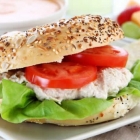
Tuna
1. Tuna
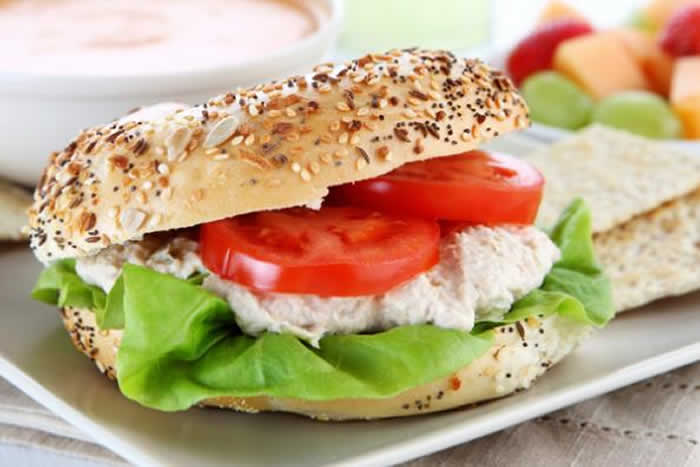
In its plain form, tuna is a smart pick, not to mention one of the most wallet-friendly ways to eat healthy. One can contains fewer than 200 calories, has only about 1 gram of fat, and packs 42 grams of muscle-building protein. But turn your tuna into tuna salad, and that’s where things go downhill. A tablespoon of mayo adds 10 grams of fat, plus 90 extra calories. “Go for low-fat or fat-free mayo instead,” Zuckerbrot says. “And to cut back on calories even more, serve your sandwich open-faced on just one slice of bread. Even better, put that scoop of tuna salad over a green salad.”
[contentblock id=1 img=adsense.png]
2. Smoothies
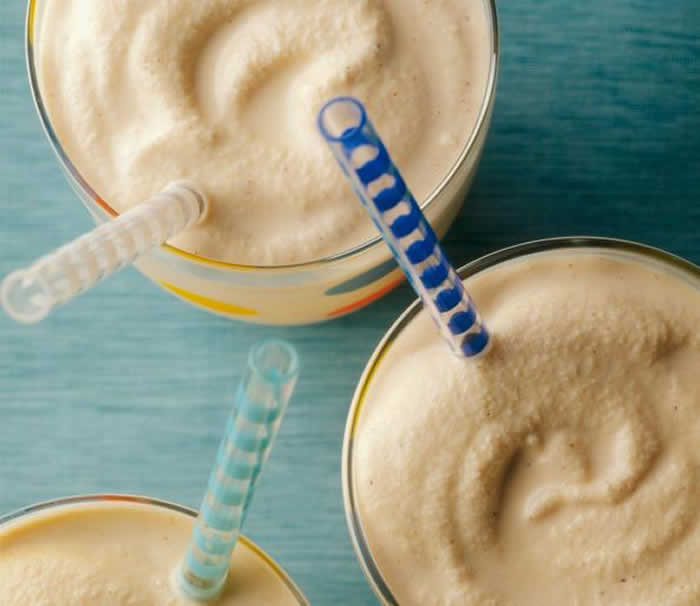
Order a blended drink at a juice bar and it’s all too easy to end up with a gut-busting beverage in your hands. Thanks to colossal cup sizes—we’ve spotted smoothies as big as 32 and 40 ounces—and dessert-like ingredients such as peanut butter, chocolate, real coconut milk, and sherbet, slurping down 600 to 1,000 calories (or more) is a cinch. A better bet: make your drink at home. “Add ice, a serving and a half of produce, and yogurt for a protein boost and rich, creamy texture,” advises Zuckerbrot.
Read More: 10 Healthy Foods That Boost Energy
3. Gluten-free Foods
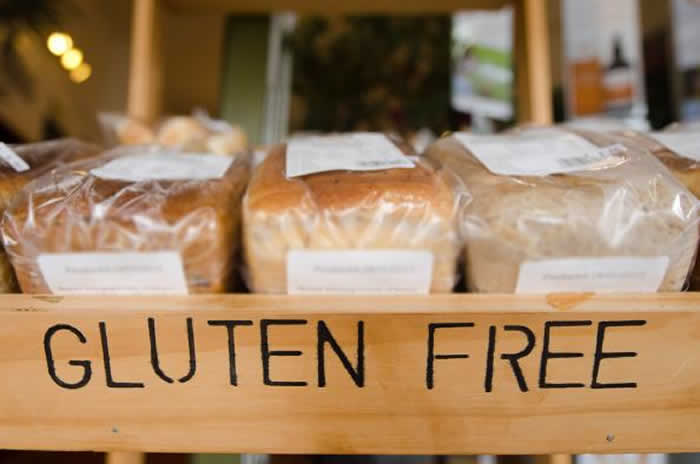
Even if you don’t have a wheat allergy, you may be drawn to gluten-free versions of pizza, pasta and pancake mix because they just sound healthier. But get this: “Many gluten-free products actually have more calories than similar versions that contain gluten,” warns Zuckerbrot. “Ingredients such as cornstarch and brown rice flour, which are used by manufacturers to mimic the texture and taste of gluten, are more calorically dense than the ingredients they replace.” Your best bet: stick to whole foods that are naturally gluten-free, like quinoa.
[contentblock id=2 img=adsense.png]
4. Chocolate

High-cocoa chocolate contains compounds called polyphenols, which research shows may keep blood vessels dilated and help lower blood pressure. But before making a daily habit of the dark sweets, be mindful that along with cocoa comes saturated fat and sugar. “You may think it’s good for your heart, which it can be if eaten in moderation. But go overboard and you’ll get lots of calories that can pile on weight, which isn’t heart healthy at all,” Zuckerbrot says. Look for brands with the highest percentage of cocoa and opt for smaller packages versus the temptation of larger bars.
Read More: 10 Foods You Should Eat Every Day
5. Dried Fruit
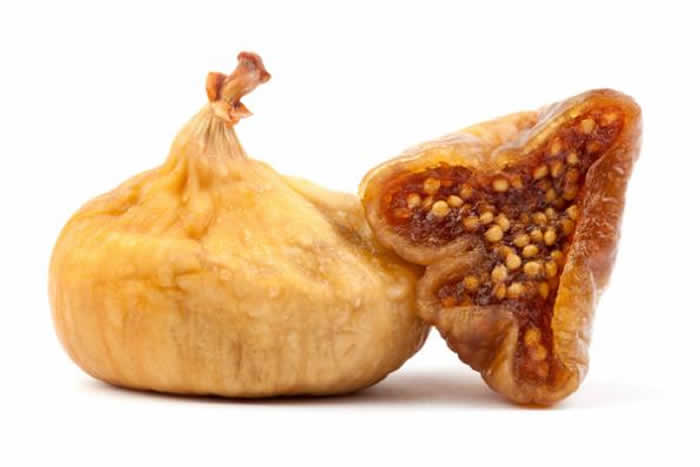
Take all the nutrients and antioxidants from several servings of fruit and shrink them down into something that’s super easy to eat. Sounds great, right? Well, these miniature fruit snacks are often loaded with added sugar, plus it’s not out of the norm to plow through an entire bagful. Go for fresh instead. “Two tablespoons of dried cranberries or raisins have the same amount of calories as 1 cup of fresh raspberries or 1¼ cups of strawberries,” notes Zuckerbrot.
6. Granola and Trail Mix
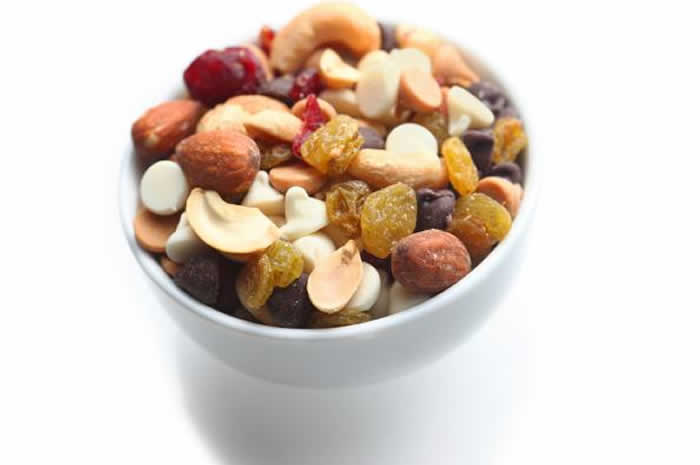
In theory, whole-grain, fiber-rich mixes make great on-the-go snacks. Problem is, they’re often dressed up with ingredients like honey, dried fruit, seeds, and chocolate—plus it’s hard to stick to the proper portion size. “A serving of granola is only one-quarter cup—about 4 tablespoons—which is hardly enough to keep you feeling full until lunch,” Zuckerbrot says. Your plan of attack: Again, save these convenient eats for when you’re in jam and opt for a stripped-down mix sold in a bag that contains a single serving.
[contentblock id=3 img=gcb.png]
7. Protein Bars
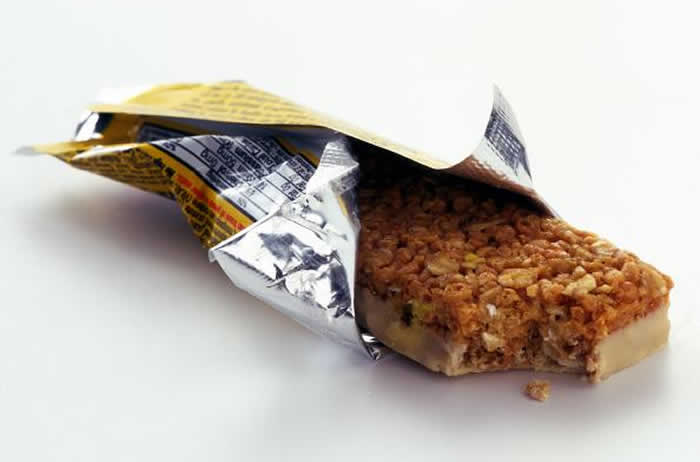
Protein is good, right? Damn right it is. But not if it’s double-decked with ab-killers fat and sugar. Your protein-bar approach: Save them for when you’re in a jam, like when you’re traveling or out on a long hike, and in those instances eat half the serving size at a time. Rule No. 2: shop smart. Pick a bar with reduced sugar, or opt for a ready-to-drink (RTD) alternative. These products typically contain half the fat and sugar, and 100 fewer calories, compared with bars.




